What do you do with a discarded bit of superconducting wire? If you’re [Patrick Adair], you turn it into a ring.
Superconducting wire has been around for decades now. Typically it is a thick wire made up of strands of titanium and niobium encased in copper. Used sections of this wire show up on the open market from time to time. [Patrick] got ahold of some, and with his buddies at the waterjet channel, they cut it into slices. It was then over to the lathe to shape the ring.
Once the basic shape was created, [Patrick] placed the ring in ferric chloride solution — yes the same stuff we use to etch PC boards. The ferric chloride etched away just a bit of the copper, making the titanium niobium sections stand out. A trip through the rock tumbler put the final finish on the ring. [Patrick] left the ring in bare metal, though we would probably add an epoxy or similar coating to keep the copper from oxidizing.
[Patrick] is selling these rings on his website, though at $700 each, they’re not cheap. Time to hit up the auction sites and find some superconducting wire sections of our own!
If you’re looking to make rings out of more accessible objects, check out this ring made from colored pencils, or this one made from phone wire.

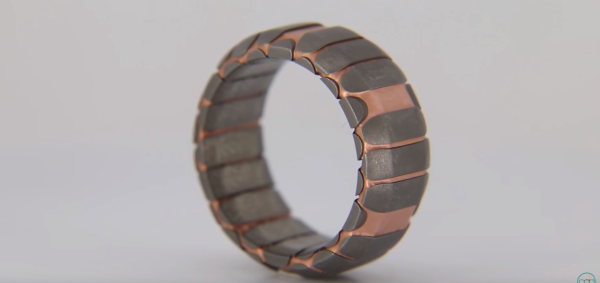
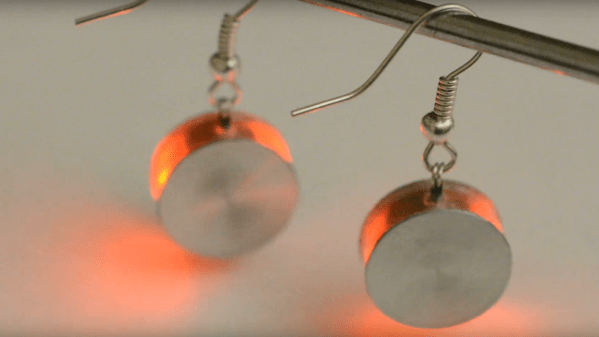
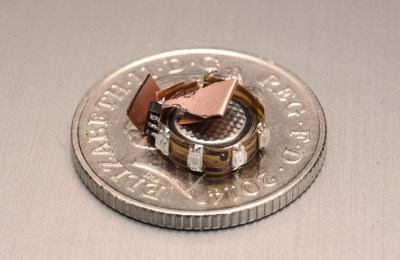


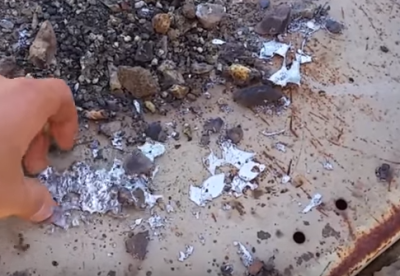 First, [Cody] crushed the rock down to marble size using his homemade rock crusher. Then he roasted the rock in a tire rim furnace. The ore was so rich in lead and silver that the some of the metal just dropped right out, forming splatters on the ground beneath the furnace. [Cody] then ball milled the remaining rock to a fine powder and panned out the rest of the lead. At this point the lead and silver were mixed together. [Cody] employed
First, [Cody] crushed the rock down to marble size using his homemade rock crusher. Then he roasted the rock in a tire rim furnace. The ore was so rich in lead and silver that the some of the metal just dropped right out, forming splatters on the ground beneath the furnace. [Cody] then ball milled the remaining rock to a fine powder and panned out the rest of the lead. At this point the lead and silver were mixed together. [Cody] employed 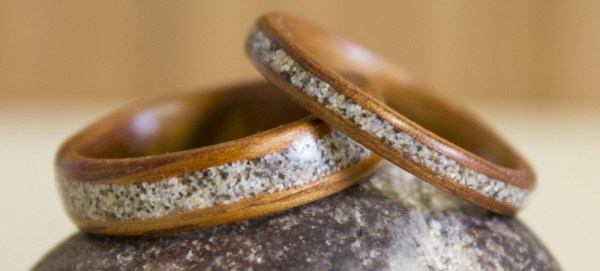
 heats the water in the towel, steaming it into the wood. This softens the wood fibers, making the entire strip flexible. The softened wood is then wrapped around a wooden preform dowel and allowed to dry for a day or two.
heats the water in the towel, steaming it into the wood. This softens the wood fibers, making the entire strip flexible. The softened wood is then wrapped around a wooden preform dowel and allowed to dry for a day or two.










